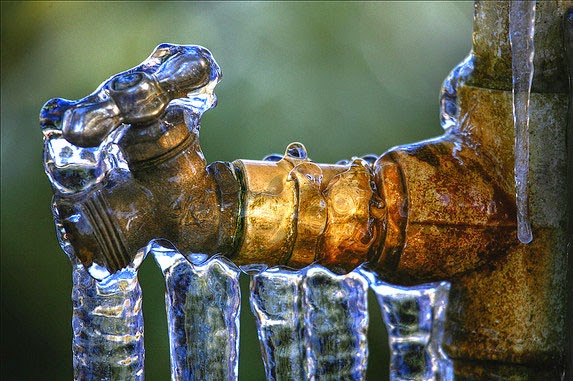Winter is right around the corner, and that means it's time to start thinking about winterizing your home. One essential step in this process is winterizing your hose bib. If you don't take the time to properly prepare your outdoor spigots and hoses for the colder weather ahead, you could be facing costly repairs when spring arrives. In this blog post, we'll provide you with some simple yet effective tips and tricks you can use to winterize your hose bib and avoid any potential problems.

1. Turn off the water supply
The first step in winterizing your hose bib is to turn off the water supply. This can be done by locating the shutoff valve inside your home and turning it to the "off" position. Make sure to open the outdoor spigot and drain any excess water from the hose bib before moving on to the next step.
2. Disconnect your hoses
Once the water supply is turned off, it's time to disconnect your hoses. It's important to remove all hoses from your outdoor spigots and drain any remaining water from them, as any trapped water can freeze and cause the hoses to crack or burst. In addition to draining the water, you can also store your hoses in a warm, dry place for added protection.
3. Install an insulated cover
Another effective way to protect your hose bib from freezing is to install an insulated cover. These covers are easy to install and can help keep your outdoor spigots and pipes warm throughout the coldest winter months. You can purchase insulated covers at your local hardware store, or you can make your own using materials such as foam insulation and duct tape.
4. Check for leaks
Before the temperatures drop too low, it's important to take the time to check for any leaks or cracks in your outdoor spigots and hoses. Any cracks or leaks can allow water to seep into the pipes, freeze, and cause damage. If you notice any leaks, it's important to repair them before winter arrives to avoid any potential problems.
5. Call in the professionals
If you're not comfortable winterizing your hose bib on your own, or if you want to make sure you've taken all the necessary steps, consider calling in the professionals. A licensed plumber can inspect your outdoor spigots and pipes, identify areas of potential concern, and provide you with useful advice on how to protect your hose bib from the cold.
Winterizing your hose bib is an essential step in preparing your home for the colder months ahead. By taking the time to follow these simple tips and tricks, you can protect your outdoor spigots and hoses from potential damage and avoid costly repairs come springtime. Remember to turn off the water supply, disconnect your hoses, install an insulated cover, check for leaks, and call in the professionals if necessary. With these steps in mind, you can rest assured that your outdoor water source is properly and effectively prepared for the winter season.



